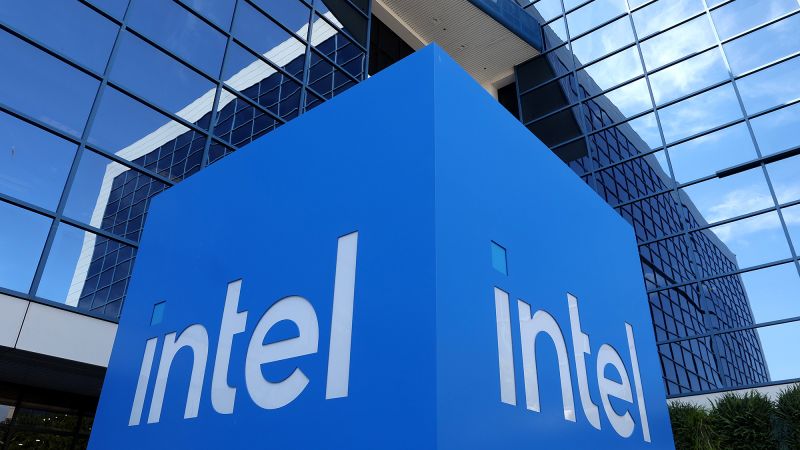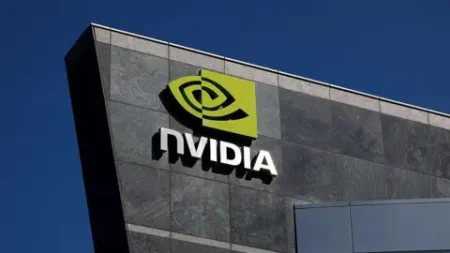Intel Corporation, the once-preeminent chipmaker, announced on Thursday that it has nearly finalized its plans to reduce its workforce by 15%. This initiative, which aligns with the company’s strategy for a turnaround, is aimed at revitalizing Intel’s market position and operational effectiveness.
The layoff announcement was made public alongside Intel’s second-quarter earnings report, representing one of the first significant decisions by the newly appointed CEO, Lip-Bu Tan, who assumed leadership in March. Tan emphasized the need for strategic changes within the company, stating, “It’s going to take time, but we see clear opportunities to enhance our competitive position, improve our profitability and create long-term shareholder value.” His remarks indicate a future-focused mindset aimed at regaining Intel’s advantage in a highly competitive landscape.
Despite the challenging circumstances, Intel’s stock saw a 3% increase in after-hours trading following the announcement. This upward movement occurred even as the company reported a staggering quarterly net loss of $2.9 billion—almost twice its loss for the corresponding period the previous year. Interestingly, Intel’s share price has risen nearly 12% since the start of 2024, pointing to a degree of investor confidence in Tan’s leadership, even though uncertainties about the company’s future persist.
In an effort to streamline operations, Intel’s leadership has stated that the planned job cuts are part of an initiative to create a “faster-moving, flatter and more agile organization.” The workforce reduction will leave Intel with approximately 75,000 employees by the end of 2025 in its core division alone, excluding its subsidiaries, which include Mobileye, a firm focused on autonomous driving technology. Earlier this month, Intel issued a layoff notice in Oregon signaling the intention to cut approximately 2,400 workers. However, it remains unclear whether these layoffs will form part of the projected 15%.
Adding to these measures, Intel has also announced cancellations of projects in Germany and Poland as part of its broader cost-cutting strategy. The companies are adjusting the pace of construction on their chip factories in Ohio “to ensure spending is aligned with market demand.” These strategic choices reflect Intel’s commitment to mitigating financial losses and reducing unnecessary expenditure.
In recent years, Intel has faced significant challenges that have resulted in the company losing its former status as an industry leader. The firm struggled to adapt to two transformative technological trends: the proliferation of mobile devices and the advent of artificial intelligence (AI). These setbacks sparked rumors of potential takeovers and necessitated a shakeup in leadership. While Intel grapples with its internal challenges, its competitor Nvidia achieved a significant milestone this month, with its market capitalization briefly surpassing $4 trillion, making it the first publicly traded company to reach such a valuation.
Last summer, Intel had initially proposed to cut 15% of its workforce, translating to about 15,000 jobs, as part of a broader $10 billion plan to reduce operational costs. The corporation’s struggle is reflective of a larger trend within the technology sector, where several prominent firms have implemented layoffs as they navigate economic pressures. Notably, Microsoft announced job cuts affecting around 9,000 employees in early July, while Meta Platforms, Inc. reduced its workforce by approximately 5% earlier in the year.
Intel’s ongoing restructuring efforts indicate a decisive shift in strategy aimed at adapting to the rapidly evolving tech environment. The emphasis on workforce reduction and cost management underlines the company’s urgency in reestablishing its competitive edge in an increasingly complex marketplace. As Lip-Bu Tan continues to steer the company through its recovery, the broader tech industry watches closely, aware that Intel’s fate may serve as a bellwether for other businesses facing similar challenges.











